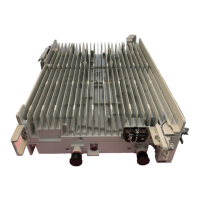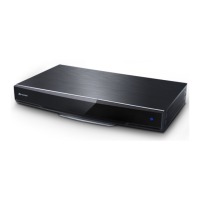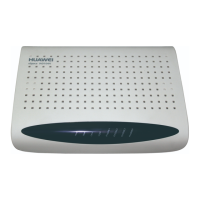This chapter describes the procedure for installing RRU cables.
RRU Cable List
This section describes RRU cable connections.
Installing an RRU PGND Cable
This section describes the procedure for installing an RRU PGND cable.
Installing an RRU RF Jumper
This section describes the procedure for installing an RRU RF jumper.
Installing an RRU AISG Multi-Wire Cable and AISG Extension Cable
This section describes the procedures for installing an RRU AISG multi-wire cable and
AISG extension cable.
Opening the Cover Plate of an RRU Cabling Cavity
This section describes the procedure for opening the cover plate of an RRU cabling cavity.
Installing a CPRI Optical Fiber
This section describes the procedure for installing a CPRI optical fiber.
Installing an RRU power cable
This section describes the procedure for installing an RRU power cable.
Closing the Cover Plate of an RRU Cabling Cavity
This section describes the procedure for closing the cover plate of an RRU cabling cavity.
Huawei Proprietary and Confidential Copyright © Huawei Technologies Co., Ltd.
Huawei Proprietary and Confidential
Copyright © Huawei Technologies Co., Ltd.
< Previous topic Next topic >
7.2.2.8.1 Cabling Requirements
Cables must be routed according to the specified cabling requirements to prevent signal interference.
NOTE:
If a cable listed below is not required, skip the cabling requirements of the cable.
General Cabling Requirements
Bending radius requirements
• The bending radius of a 7/8'' feeder must be greater than 250 mm (9.84 in.), and the bending
radius of a 5/4'' feeder must be greater than 380 mm (14.96 in.).
• The bending radius of a 1/4'' jumper must be greater than 35 mm (1.38 in.). The bending radius of
a super-flexible 1/2'' jumper must be greater than 50 mm (1.97 in.), and the bending radius of an
ordinary 1/2'' jumper must be greater than 127 mm (5 in.).
• The bending radius of a power cable or PGND cable must be at least three times its diameter.

